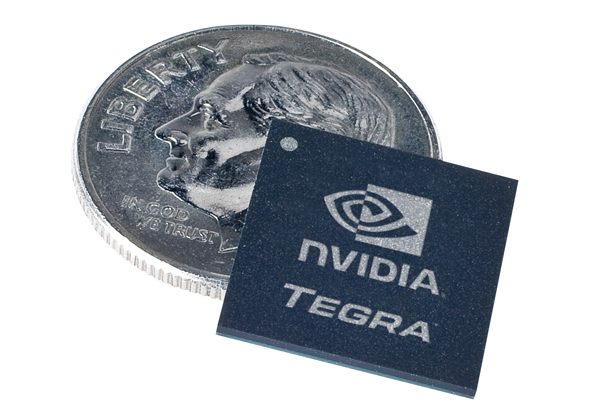Of the companies that are not participating in Windows 8 lite Acer and HP have always stood by their decision to stay away from the new OS. Although we do not know what HP’s reasons are we do know that Acer decided to work more closely with Intel to build Atom and Core i5 based products instead of trying to shoehorn Microsoft’s ARM compatible version into a new product.
Toshiba on the other hand is citing component delays as their reason. Exactly which components they have declined to say, but many speculate that it is the Texas Instrument OMAP 4470 which Toshiba cannot get. There is also speculation that there are driver issues which are preventing Windows RT from running properly on many of the ARM based SoCs. So far nVidia has been the SoC of choice with Microsoft, Asus and Lenovo using it inside their Windows RT devices. According to some reports Qualcomm will be supplying both Dell and Samsung with processors for their tablets. We are not sure why Samsung would buy processors from Qualcomm when they have their own that they can use unless the reports of driver issues are accurate (we are hearing they are from independent sources). We also have to wonder at the use of Qualcomm by Dell and Samsung considering the fact that Microsoft chose to go with nVidia. Qualcomm has been the primary processor provider for Windows Phone devices and will still be the primary provider for Windows Phone 8. Why would Microsoft break that partnership now to go with nVidia? Again signs point back to driver issues which could mean that Dell and Samsung might jump ship to nVidia if they cannot get them sorted out.
Windows RT has other hurdles to overcome to get into consumers’ hand though. When Microsoft first announced the project the indicators were that it would be a full version of Windows 8, just built to run on ARM. Unfortunately as the project has progressed Microsoft has closed in on the OS and locked it down considerably. One of the reasons we refer to it as Windows 8 Lite is that it will only support applications from the Windows store and those must be Metro only. As of right now there is no chance to side load applications and no applications other than the very limited version of Office 13 and Internet Explorer have access to the “desktop” making, Microsoft is even forcing people to use their Mail App instead of allowing them the full version of Outlook… well unless you buy a subscription to Office 365 then you can use the Outlook Web Access. Microsoft started out claiming that they were going to make the Windows experience identical across their platforms (they made comments like “It’s still Windows”) they even cited the study that showed people wanted their tablets to be more like Windows. Unfortunately they somehow got their information screwed up and decided to work from the wrong direction; from the phone up.
Discuss this in our Forum




